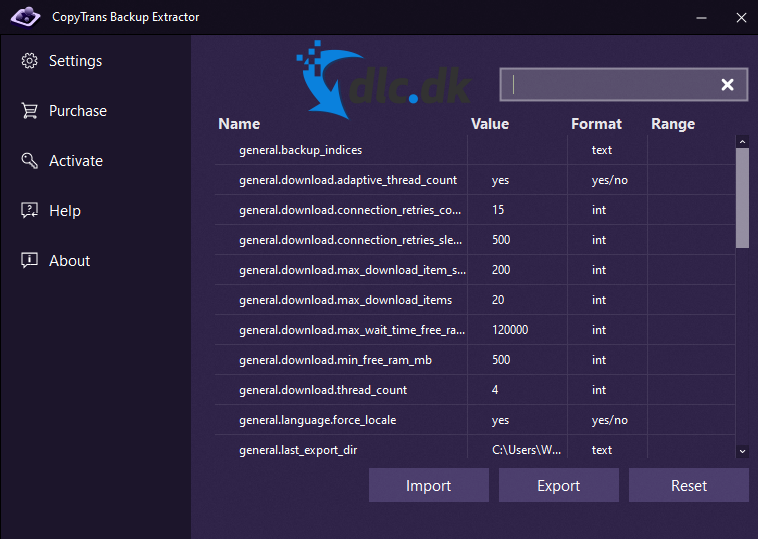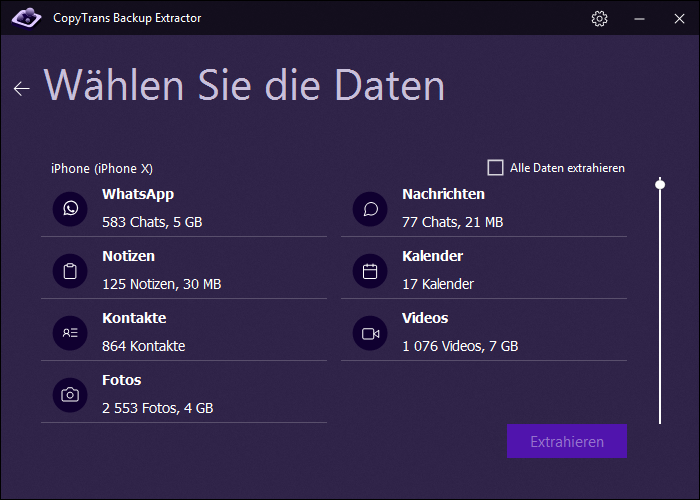
Each backup version will note which device it was completed on, the date, and the size. To do so, go to Settings > Apple ID > iCloud > Storage > Manage Storage > Backups. Then, search for the backup version that contains your deleted photo.

Once you've downloaded the backup extractor software, make sure to back up the most recent copy of your phone's files-you'll want to revert back to this version when you're done. 💡You can also use backup extractor software and follow these steps to recover important messages or documents, too, assuming you've backed those up at some point. Backup extractor software, like CopyTrans Backup Extractor or EaseUS MobiSaver can bail you out.

However, there is a workaround that can come in handy if you use at least one cloud service, and it will work in most cases, even if you've inadvertently deleted the photo from both your device and the cloud.

Technically, there are a few ways that you can stop this from occurring-you could turn off iCloud photo sharing, sign into another iCloud account, or use a second cloud server for photo sharing-but if this is a true emergency, there's a good chance you didn't have the foresight to set up this way. Here's the thing with iCloud, though: usually, when you delete a photo from your iPhone, it's also deleted from your iCloud account. Unfortunately, if you've deleted the images in question over 30 days ago, you're going to have to use a backup to get them back.


 0 kommentar(er)
0 kommentar(er)
